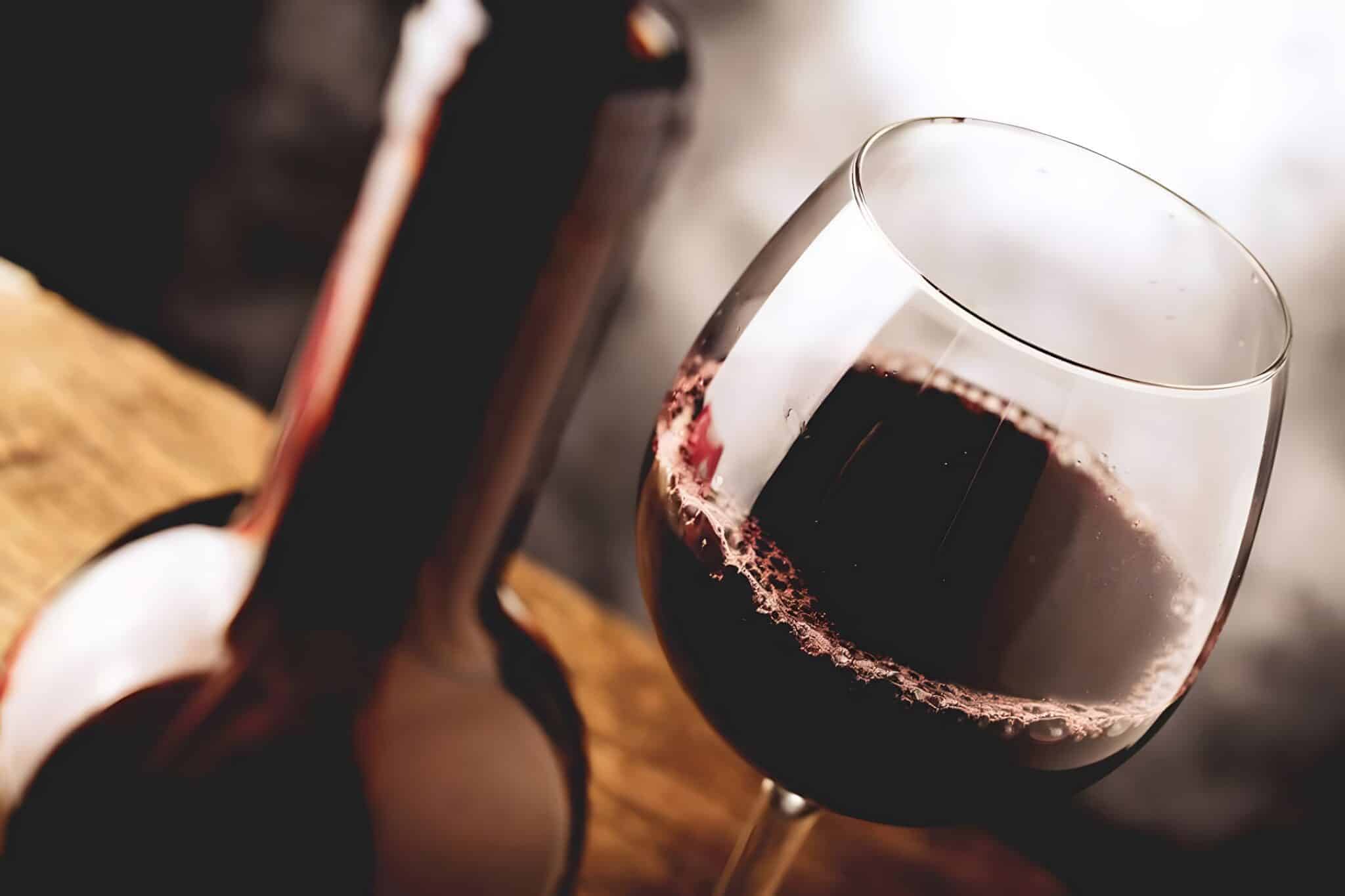Have you ever wondered what constitutes a bottle of wine? It’s one of those things that you might start thinking of once you have a glass or two. So if ever you have the time, perhaps you might figure out what is in wine exactly.
Grapes: The Main Character
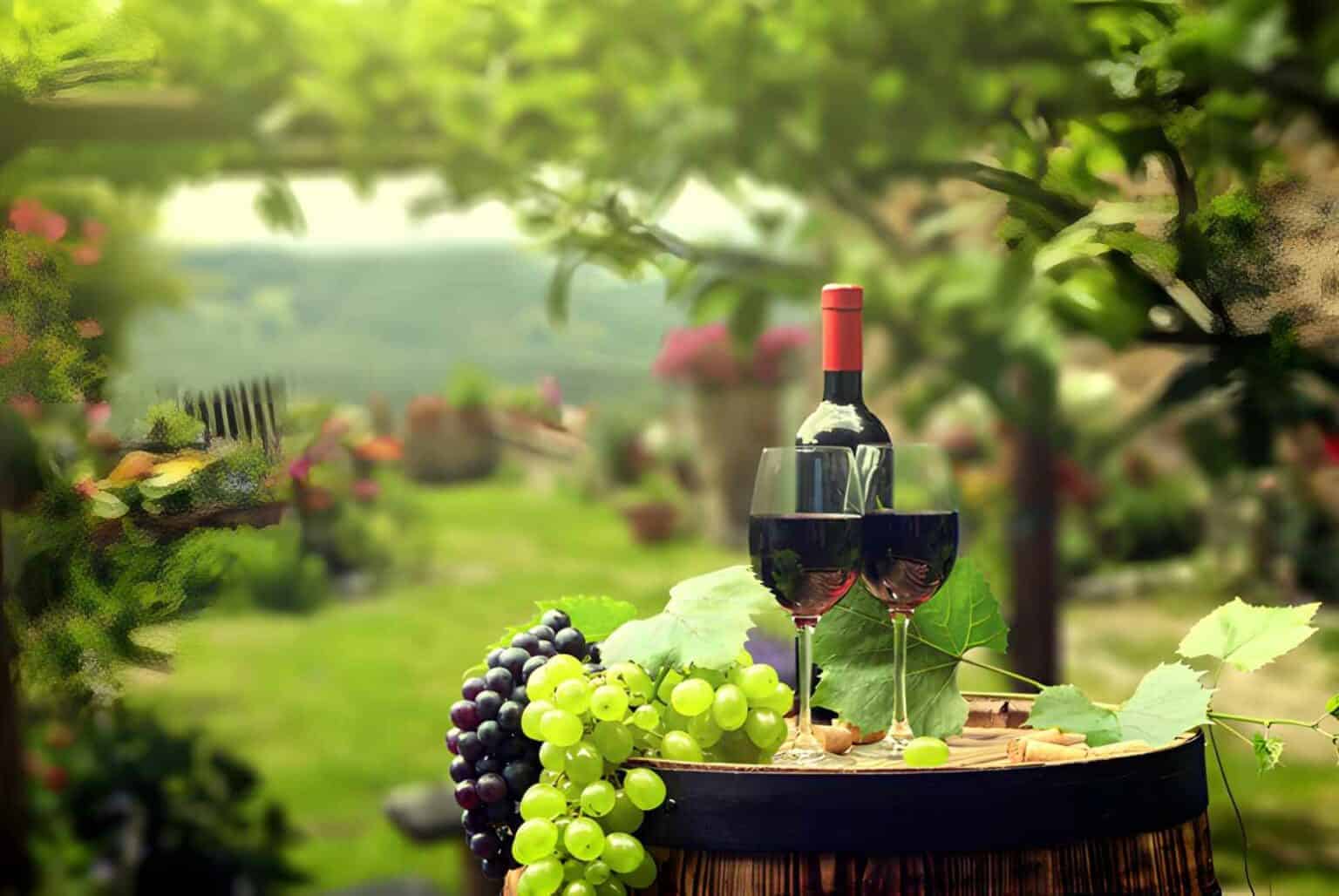
Everyone knows that grapes are the number one ingredient needed to make wine. Think of it as the heart and soul of the wine.
When you browse through the wine section, you might notice that the bulk of the wines out there come from, more or less, the same kinds. These wines are probably made from noble grapes.
Noble grapes are the most widely grown grapes in the world. These grapes usually produce extraordinary wines enjoyed by the majority. While there are wines made from other varietals of grapes, many of the red and white wines you might have seen come from the following:
| Red | White |
| Cabernet Sauvignon | Chardonnay |
| Merlot | Sauvignon Blanc |
| Pinot Noir | Riesling |
Vinification: Grape Must
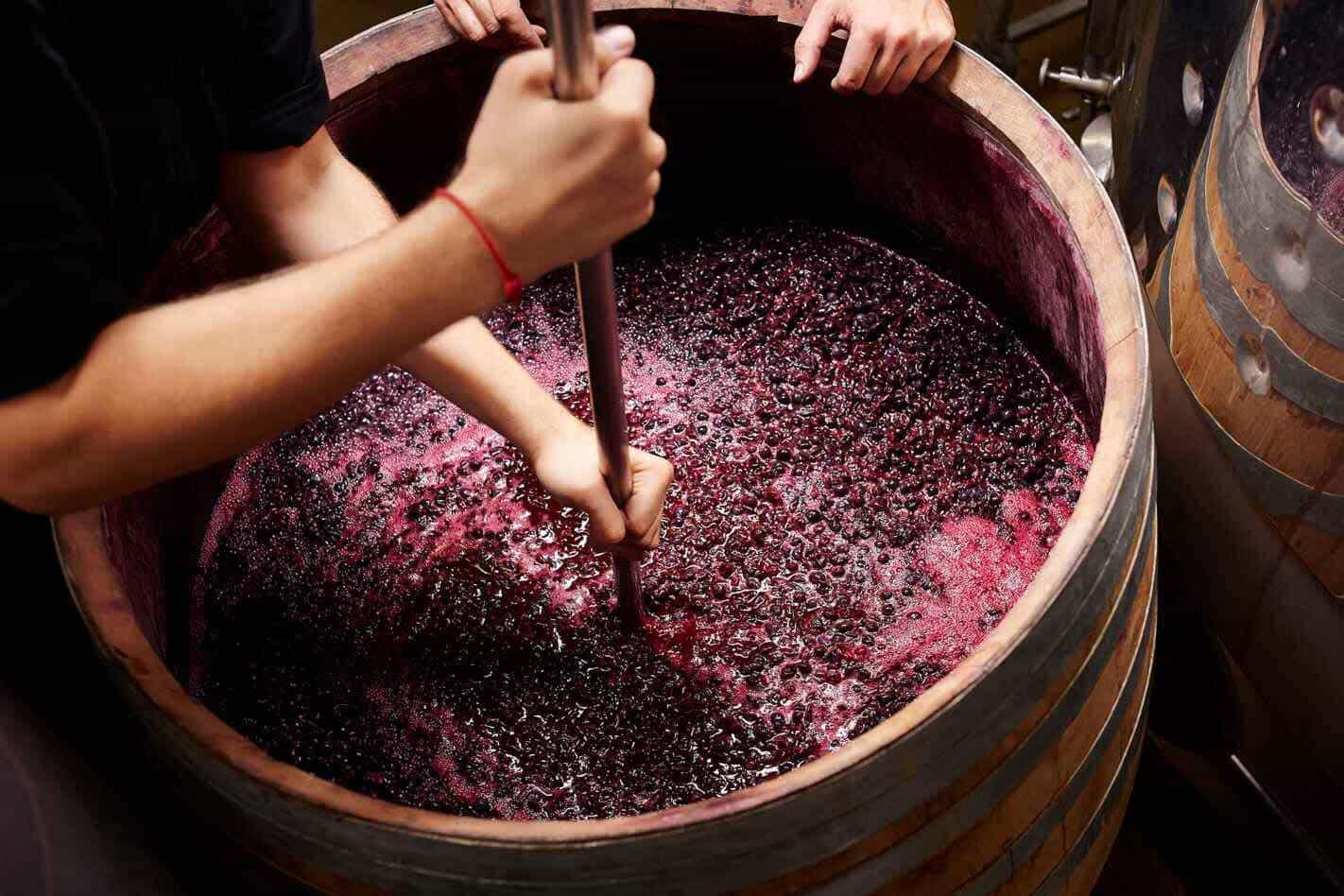
There are several processes involved in wine-making. You can’t just pluck grapes from their vines and call it a day.
For centuries, people have mastered the best ways to cultivate, grow, and harvest grapes that are perfect for wines. Each grape variety has its own timeline. And winemakers have figured out the best times to pick the fruit from the vines.
When the ripe grapes are ready, they are crushed either by stomping them or using a machine. The process is more or less the same, although if you are making white wine, there should be less interaction between the skin and the grape must.
The must is usually left to rest at a cooler temperature. This ensures that the must stabilizes before the next process. After 24 hours, it is ready for fermentation.
Other Key Supporting Ingredients In Wine
Apart from the various processes needed to make wine, there are also ingredients that are vital in producing a good batch.
While some winemakers might have some tricks up their sleeves to make their wines stand out, these are pretty much the standard add-ons for the wines. Without these, the wine that you have been enjoying won’t be what it is today.
Yeast
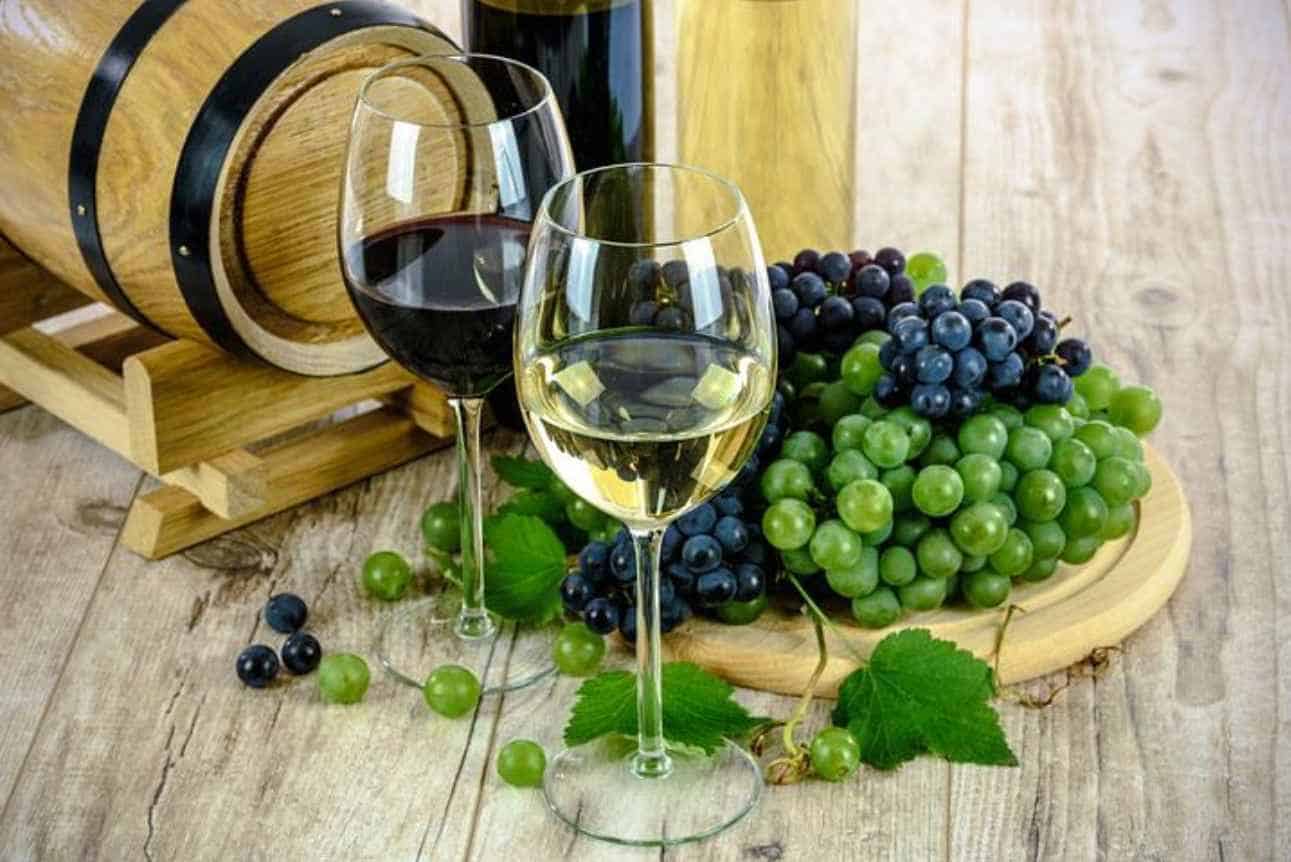
One of the most important ingredients in winemaking is yeast. It’s the additive that will help produce the alcohol in the wine.
Before adding the yeast to the barrel or winery chiller, it needs to go through proper inoculation. Yeast needs to bloom first before. So what will you do to make that happen? Well, if you have baked bread before, you might be familiar with the process.
It just involves adding yeast to water and waiting for it to bloom. It doesn’t take long for this to happen. Once you see bubbles forming, then the yeast mixture is ready. You can now proceed with adding it to the grape extracts.
When the yeast is added to the must, it aids in the conversion of the grape’s natural sugars into carbon dioxide and ethanol. The carbon dioxide evaporates, leaving the alcohol in the mixture. This is the part where the wine becomes alcoholic.
The primary fermentation process generally takes about a week. However, it could be longer, depending on the type of wine being made. For dry wines, winemakers often prolong the fermentation process until there is less residual sugar left.
Sugar
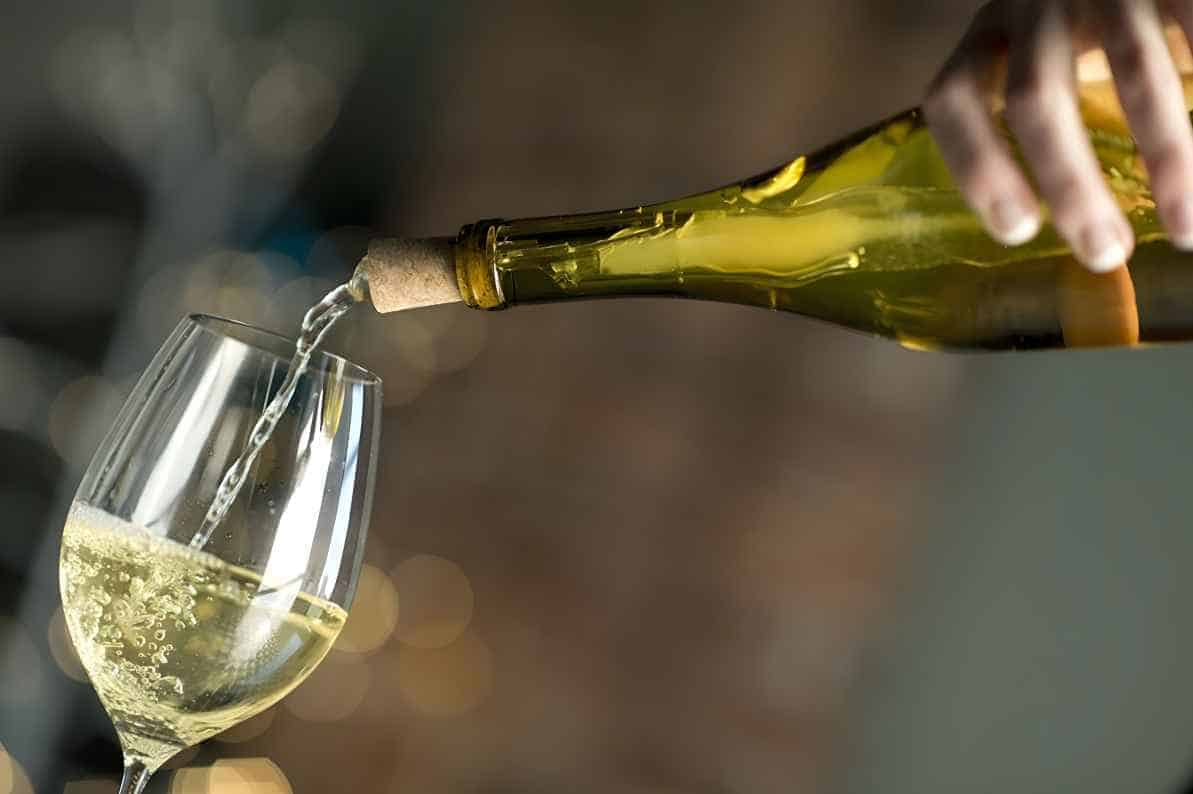
Grapes naturally contain sugars like glucose and fructose. During the fermentation process of the wine, the yeast eats the sugar content.
Winemakers use a hydrometer to check how much sugar is in the mixture. Dessert wines tend to have the highest sugar content. Late harvest wines also contain higher sugar levels than dry or off-dry wines.
Some winemakers tend to add more sugar. Given the sugar content of grapes, why is more sugar added then? When grapes are not ripe enough, they need to add more sugar so they would be able to achieve more sweetness. It doesn’t always happen though. If they are adding sugar, it is mainly to produce more alcohol.
Water

If you had to dissect the wine’s content, you would be surprised about how much of it is water. It’s because grapes contain a lot of water, probably around the 80% range or more than that.
There might be winemakers out there who add water to their wines. Before you start thinking that they are duping you, it’s not what you think. Water is usually added to balance the wine’s flavors. It’s also added if they are trying to bring the wine’s alcohol level down. There’s definitely nothing fishy going on there.
Tannins

If you have drunk different types of wines, there might have been some that left your mouth dry. This sensation is most common in wines that fall under the dry category.
Tannins are natural polyphenols found in parts of the grape, such as the seed, stem, and skin. You can find more Tannins in red wines than in white ones.
Due to some factors that can’t be controlled affecting the grapes, some winemakers also consider adding powdered Tannin during wine production. Powdered tannins are plant extracts, making them perfectly safe additions to the wine.
They are also considered to be good for your health. They contain antioxidants, adding a level of protection against free radicals. It also helps lower blood pressure and cholesterol. So the next time you drink wine, and it leaves that dryness in your mouth, just think of its health benefits!
Grape Juice
There might be times when wine needs a little booster. The booster is usually in the form of grape juice concentrates. Why is there a need to add this? Well, if your wine needs to improve its flavors, the best way to do that is to add more juice. It’s added to the musts or juices during the fermentation or maturation process.
Winemakers have also figured that If the wine is not getting the right sugar level, adding grape juice concentrate can help. It also aids in giving the wine more body.
When adding grape juice concentrate, you need to make sure it goes well with the wine being made. For those who have not tried doing this before, it might take some trial and error before finding the right pairing.
More Oak Flavor
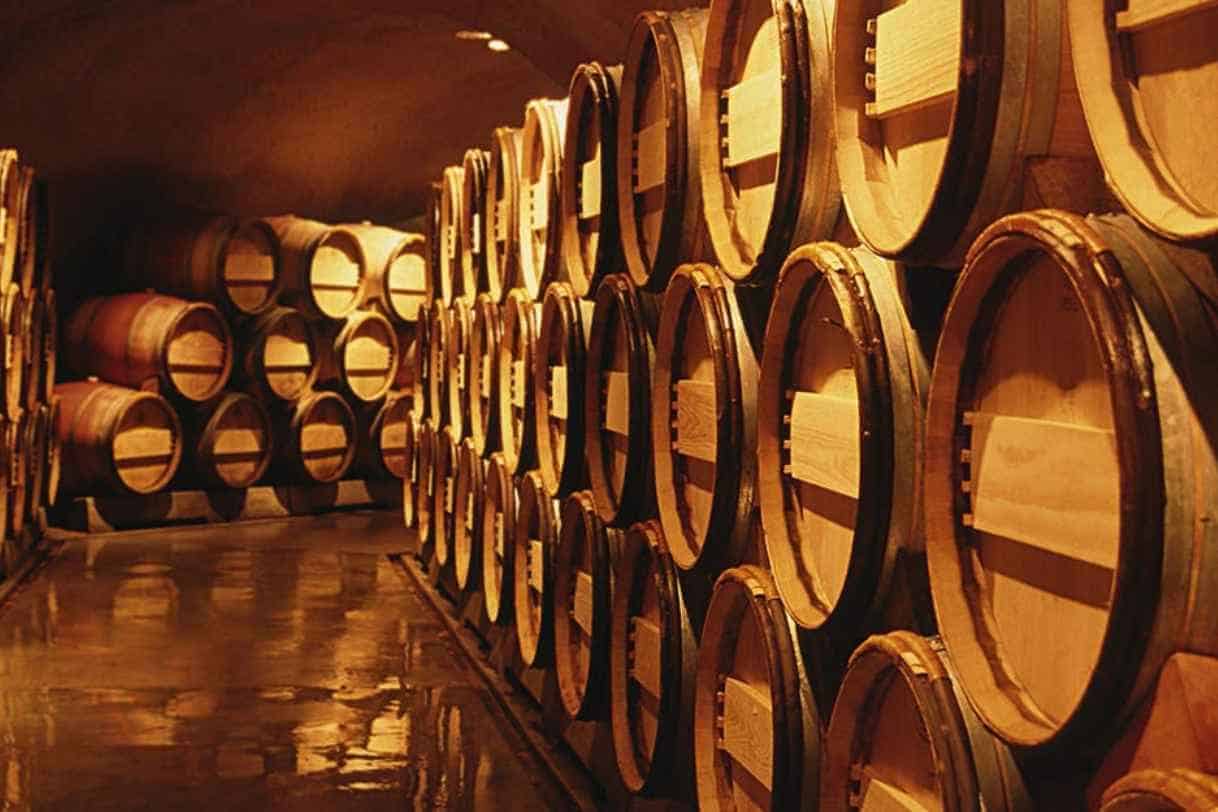
Every single wine has a different flavor profile. And in some cases, you get a hint of oak in these wines. Oak is perhaps one of the most popular flavors that people can smell or taste in wine.
For the longest time, oak has been an integral part of winemaking. It affects the different characteristics of wine such as:
- Color
- Texture
- Flavor
- Tannin
It’s mainly due to the wine coming in contact with the oak barrel. It is usually around fermentation or the aging process. There’s something about oak that makes the wine taste and texture feel smoother.
Winemakers who don’t use oak barrels but wish to age their wines faster and enhance their flavor, usually opt to use oak chips. It is also a popular option for those attempting to make homemade wines.
Sulfur Dioxide

If you like reading wine bottle labels, you might have noticed that some of them contain Sulfur Dioxide. It might probably baffle anyone who is not familiar with this. If you are in the United States, Sulfur Dioxide will be mentioned on the label, particularly if the wine contains more than 10mg per liter.
As it turns out, the practice of adding Sulfur Dioxide to wine is not new. It’s something used in preserving wine. This chemical compound also wards off oxidation, allowing the wine to retain its taste and aroma.
There have been conflicting reports as to the effects of Sulfur Dioxide in wine. Some people are saying they developed headaches after consuming wine with Sulfur Dioxide. If you have experienced this, perhaps you can find other alternatives. Wines tagged as organic often do not contain this.
Potassium Sorbate
When yeast is added to the wine during fermentation, it naturally multiplies, especially if there is sugar around. But when you are nearing the end of the winemaking process, you want to make sure everything is steady and ready to go.
Potassium Sorbate is added to ensure wine stability. While it doesn’t eliminate yeast, it helps in controlling it. It would stop the yeast from building up further.
One interesting thing about Potassium Sorbate that you might not be aware of is that it’s banned in Europe. It means that not every wine you come across contains this, especially if they come from the Old World.
What Lies Beneath The Wine
Whenever you are consuming something, it doesn’t hurt to find out what they are made of. And in this case, decoding what is in wine is an advantage. You will not only be more knowledgeable, but you will probably have an even bigger appreciation for the passion and dedication that goes into winemaking.
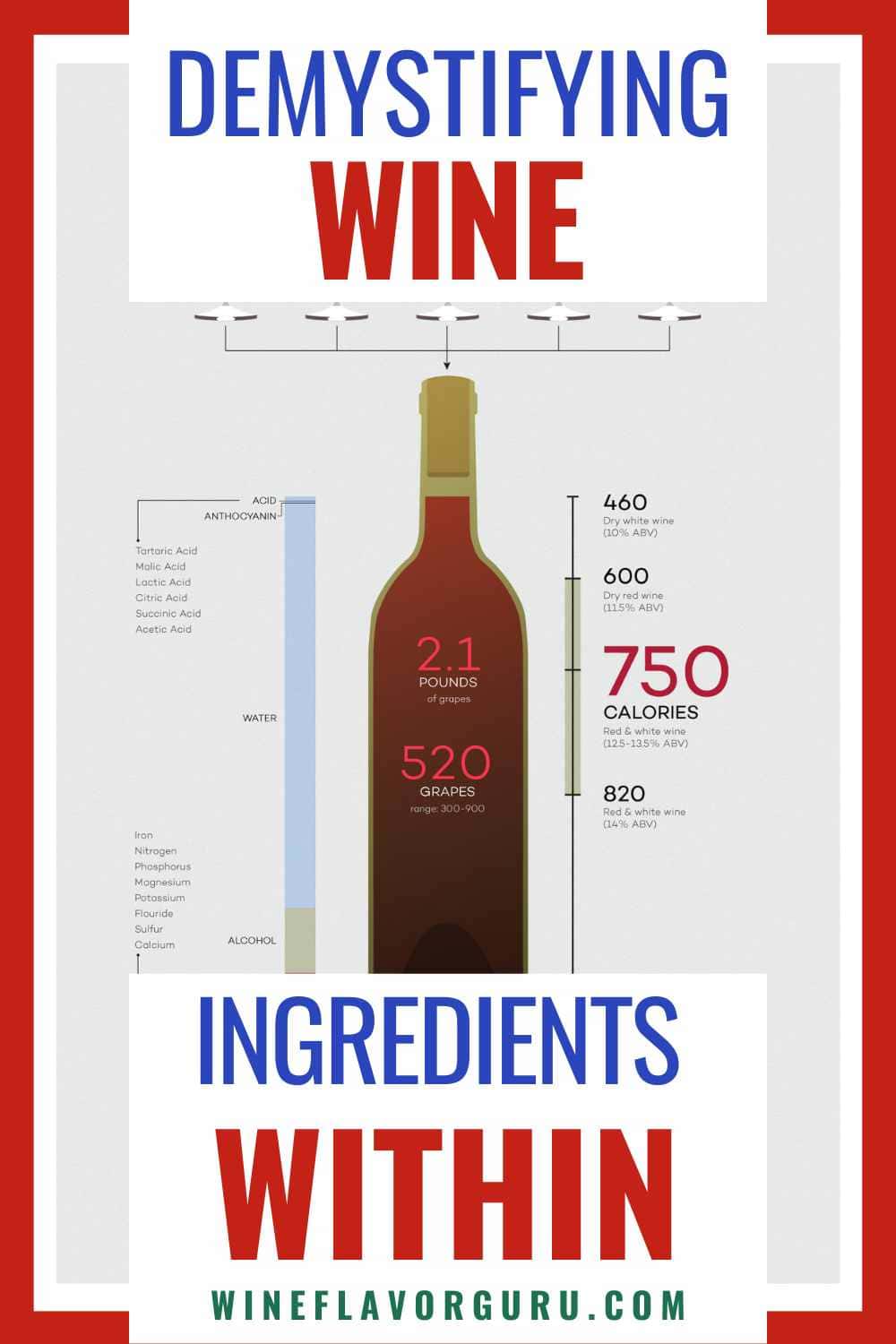

George Moore, co-founder of Wine Flavor Guru, is a charismatic entrepreneur with a rich background in California’s wine industry. Alongside Sylvia, he transformed a Sonoma County vineyard into a source of premium wines. George’s expertise in sourcing exceptional grapes and his approachable style make wine appreciation both accessible and engaging.
